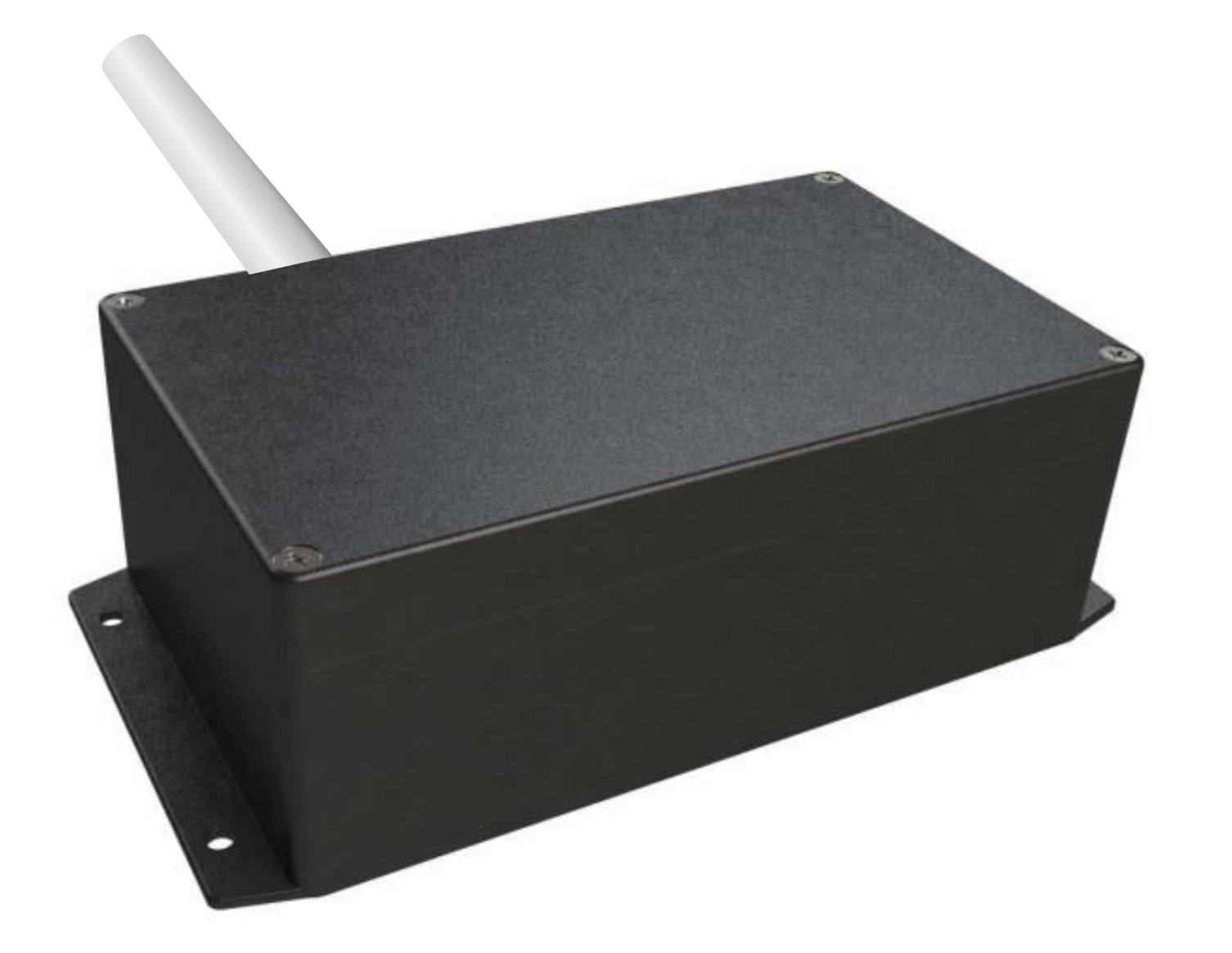Wireless Transducer Reader
 Many facilities have mandates to reduce energy use (e.g. 5% reduction from prior year). Most unfortunately do not have any baseline data from prior years to compare to, and must install instrumentation and record the necessary data. This can be an expensive and time consuming exercise to install new transducers, run wires, create drawings, connect I/O panels, and configure software.
Many facilities have mandates to reduce energy use (e.g. 5% reduction from prior year). Most unfortunately do not have any baseline data from prior years to compare to, and must install instrumentation and record the necessary data. This can be an expensive and time consuming exercise to install new transducers, run wires, create drawings, connect I/O panels, and configure software.Cypress Envirosystems’ Wireless Transducer Reader (WTR) is a fast and low-cost alternative to obtain baseline energy use characterization. When paired with non-invasive clamp-on current meters and clamp-on ultrasonic flow meters, the WTR can measure electrical consumption, and flow rate of chilled water or steam and transmit the data wirelessly. Installation typically takes minutes, and may be uninstalled and moved easily around a facility if needed.
- Reads virtually any analog transducer or instrument with 4-20mA, 0-5V, 0-10V, or thermocouple output and transmits data wirelessly
- Pager/cell notification of excursions
- Compatible with flow meters, current meters, weigh scales, particle counters
- Enables low cost energy audits, equipment health monitoring, predictive maintenance
- Reduce labor, improve uptime, save energy
- OPC and BACnet interfaces for integration with existing automation systems
- Battery life of 3+ years at typical sample rates
- Optional IP65/NEMA 4 rated enclosure for outdoor use



